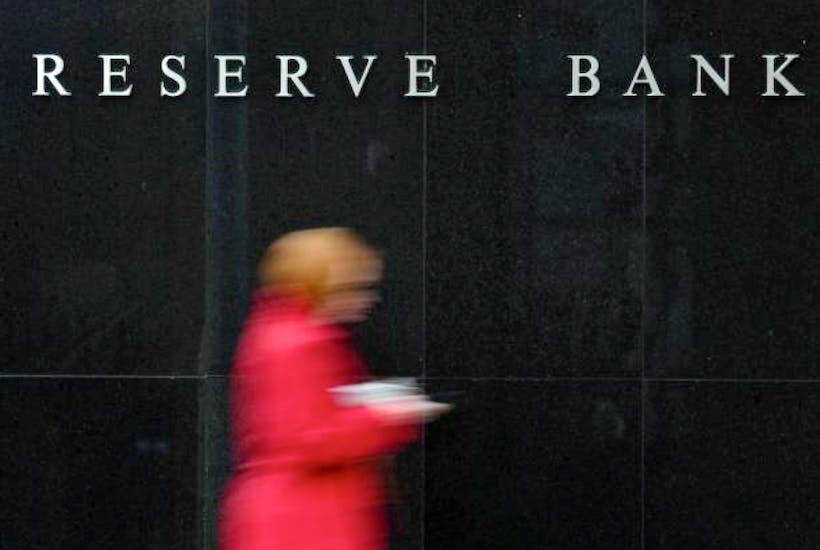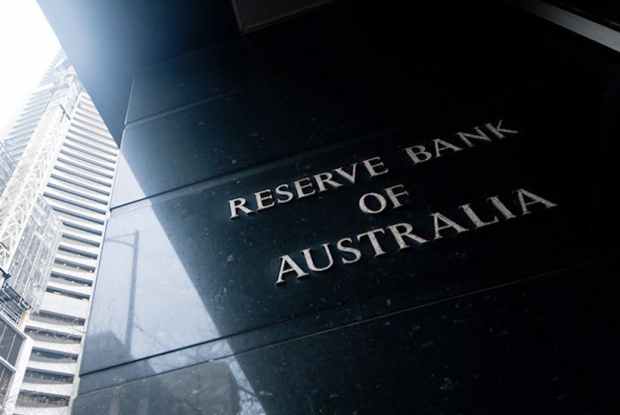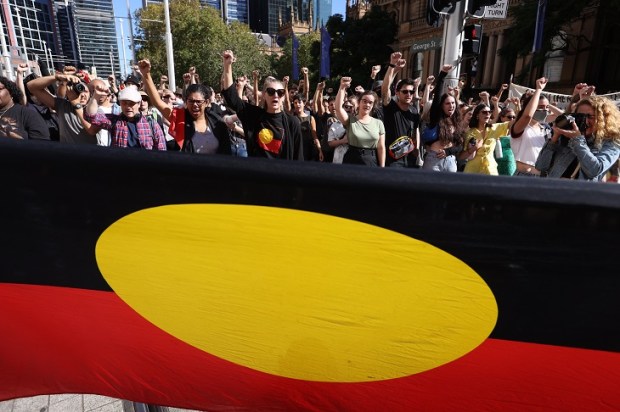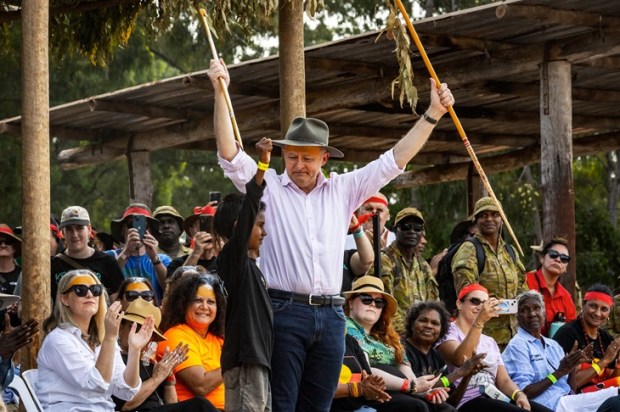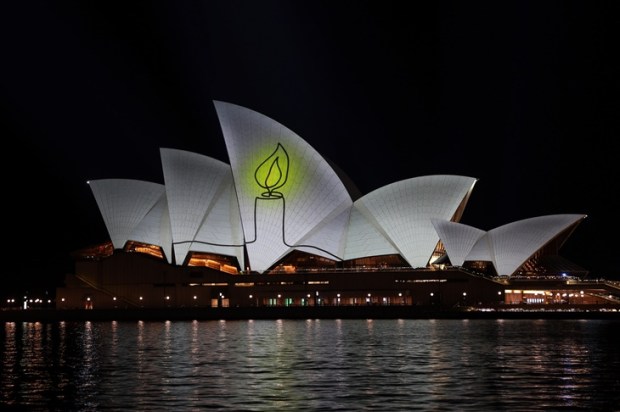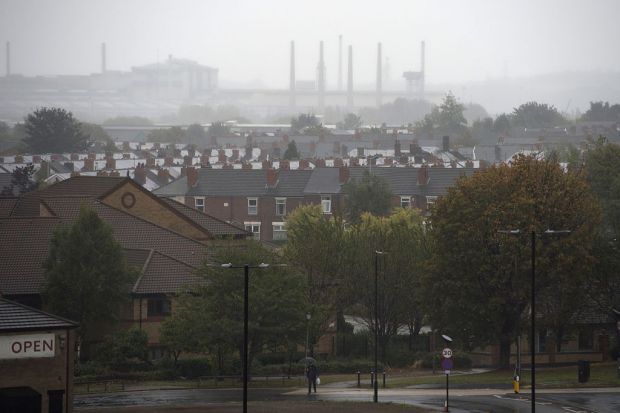The conduct of monetary and fiscal policy since the pandemic began has no parallel in Australia’s economic history, certainly not compared to what happened during the more severe Spanish Flu a century ago.
Back then in the dying stages of the laissez-faire era, activist macroeconomic policy was simply unheard of. Yet economies bounced back quickly without it and the 1920s subsequently roared.
In contrast, over the past year and a half the Reserve Bank, like its foreign counterparts, has pegged official interest rates close to zero (the lowest level ever) and via quantitative easing (government bond purchases) massively expanded the money supply, fuelling the current inequitable burst of property and share price inflation.
Meanwhile, budget deficits and the level of public debt have soared to historical peacetime highs, with the nation’s public debt to exceed a trillion dollars within a few years.
The Reserve Bank has pledged to keep pinning official interest rates to the floor at 0.1 per cent until 2024, while the federal and state governments continue to spend lavishly on income transfers and infrastructure.
This monetary laxity and has been justified on the grounds that it is needed to drive the unemployment rate down to sustain inflation at its target level of between two and three per cent.
Unemployment we are told needs to fall to a very low rate because only then will wage growth increase sufficiently to keep inflation within the officially prescribed target range of between 2 to 3 per cent.
Surprisingly, no one seems to be questioning this strategy which is highly debatable on macroeconomic grounds.
Basic questions that arise are: Why should the Reserve Bank be aiming at a 2-3 per cent inflation target? And is creating wage pressures an effective way to reach that target?
Inflation targeting as a policy was widely adopted around the world in the 1990s in response to the high inflation experienced in the 1970s and 1980s. Australia’s inflation averaged over ten per cent a year in the 1970s and over eight per cent in the 1980s.
In light of this history, achieving low stable inflation was correctly deemed necessary to end high inflation’s growth limiting costs.
However, there has never been a consensus amongst economists on exactly what the optimal level of inflation is. For instance, Canada and New Zealand adopted inflation targets of between of 1 to 3 per cent, whereas the United Kingdom and United States aim directly at 2 per cent.
Australia’s annual inflation since 2017/18 has averaged 1.8 per cent which would be fine for Canada and New Zealand and probably for the UK and US too. So why is the RBA stuck in the 2-3 per cent rut, which is overdue for a reset?
If inflation comes in under this range, it is not necessarily a concern. Other things the same, a lower price level boosts real wages, as well as international competitiveness by making Australian produced goods and services relatively cheaper against those produced abroad.
What is more questionable than the RBA’s inflation target range is the Keynesian-inspired quest to increase wages by stoking aggregate demand.
The underlying theoretical rationale that all students of university macroeconomics learn is the so-called Phillips Curve, named after New Zealand economist William Phillips who, back in the 1950s discovered an empirical relationship between wages growth and unemployment. Quite simply, when unemployment went down, wages went up.
Subsequent economists then drew the link between unemployment and inflation, noting that when unemployment was lower, inflation was higher. Therefore, reducing unemployment using expansionary fiscal and monetary policies would increase economic activity and employment while generating higher inflation, the Reserve Bank’s current goal.
However, the Phillips’ curve long ago fell into disrepute due to strong criticism, most notably from Nobel prize winners Milton Friedman and Edmund Phelps in the 1970s. Writing in the context of ‘stagflation’, simultaneous high inflation and high unemployment, they convincingly argued that any trade-off between unemployment and inflation would only be a short term phenomenon.
There is no trade-off in the long term because ultimately unemployment cannot be artificially lowered below the so-called “natural rate of unemployment” which is governed by institutional factors, like the participation rate, skill mismatches, worker immobility, and the generosity of unemployment benefits. Lockdowns and government assistance programs have distorted official unemployment measures. However, in current conditions, the ‘natural rate” would be closer to 5 per cent than 4 per cent.
In other words, if inflation does rise due to policy aggregate demand-induced wage pressures, this will erode the purchasing power of the wage increases, so that real wages do not improve at all.
Employees will be no better off and wages will be bid up again, meaning there no permanent change in the real wage. What delivers sustainable real wage growth is productivity improvement, a supply-side phenomenon, not artificially stoking demand.
In turn, key drivers of productivity growth are increased private investment in technology-intensive capital equipment, and cooperative industrial relations reform that increases labour market flexibility.
Tony Makin is a professor of economics at Griffith University.

